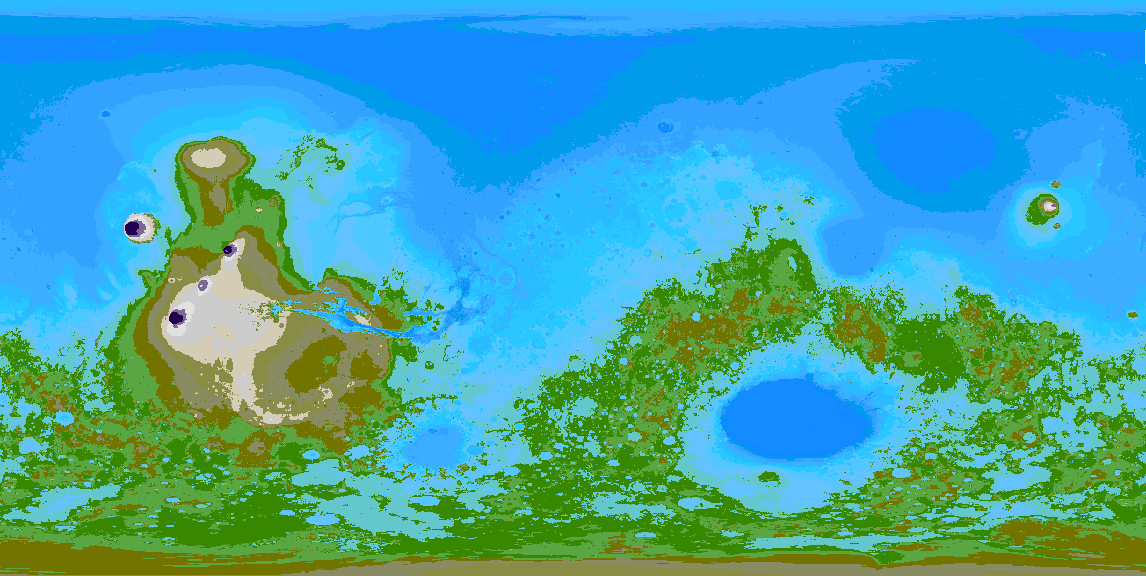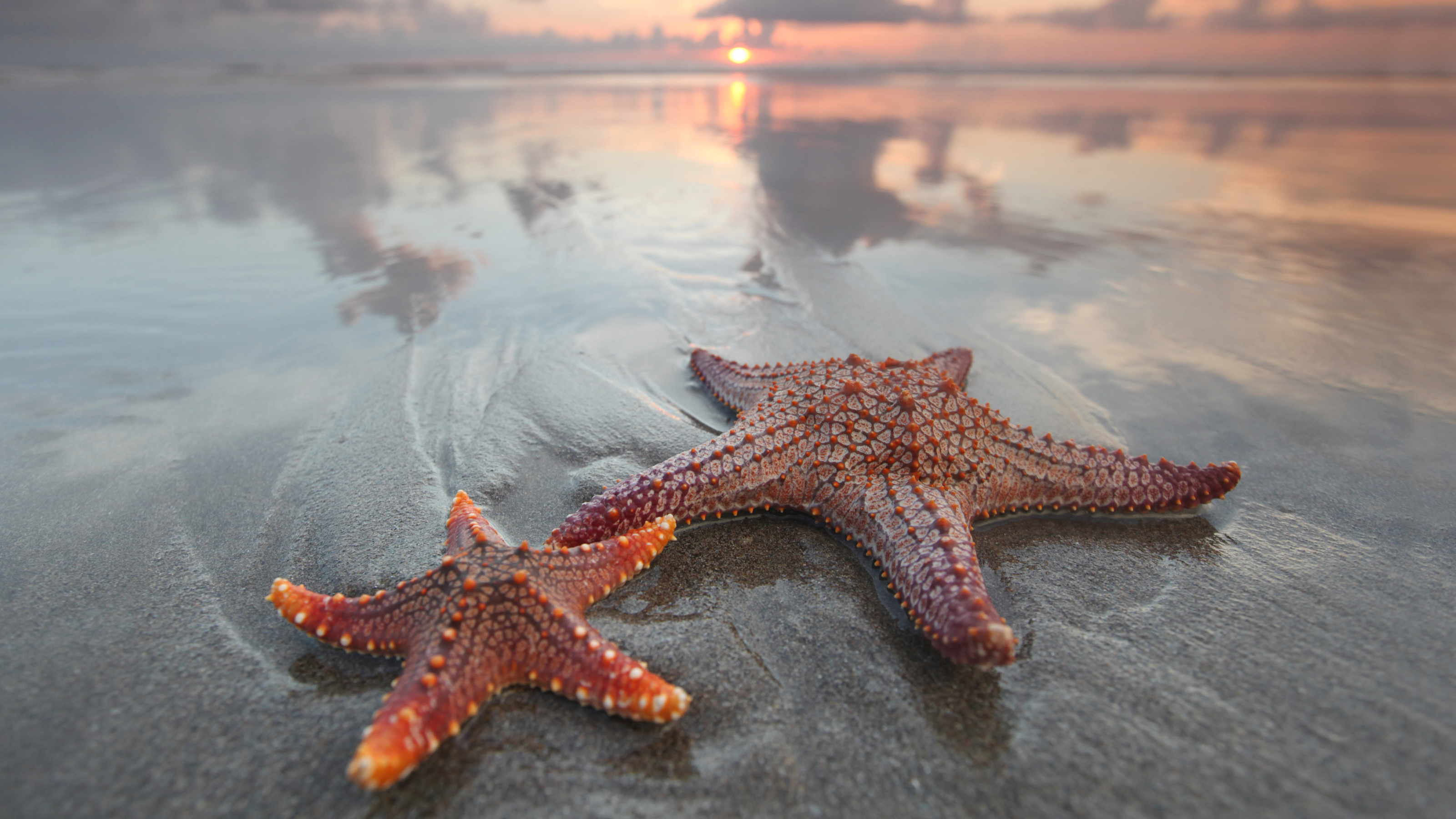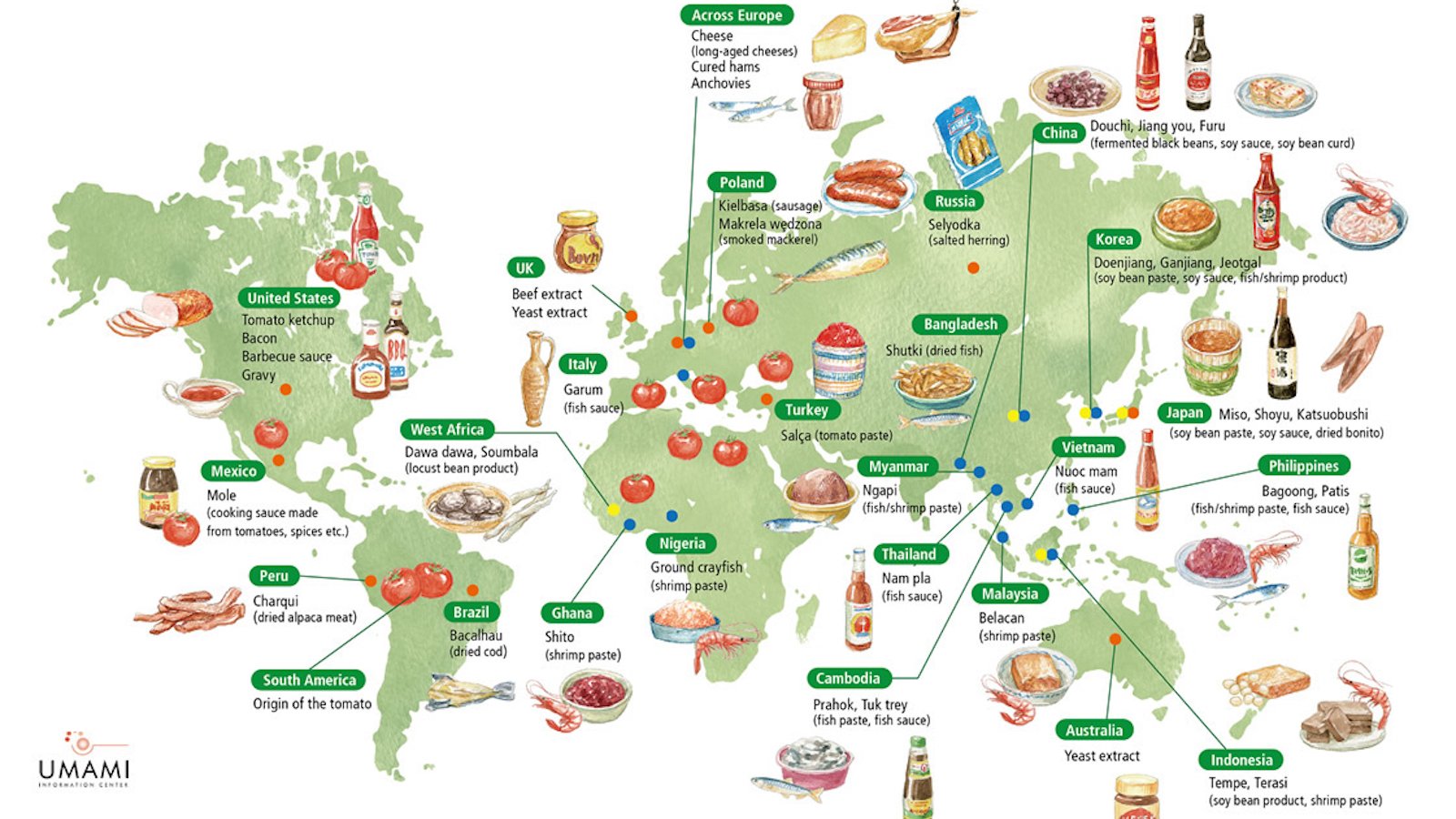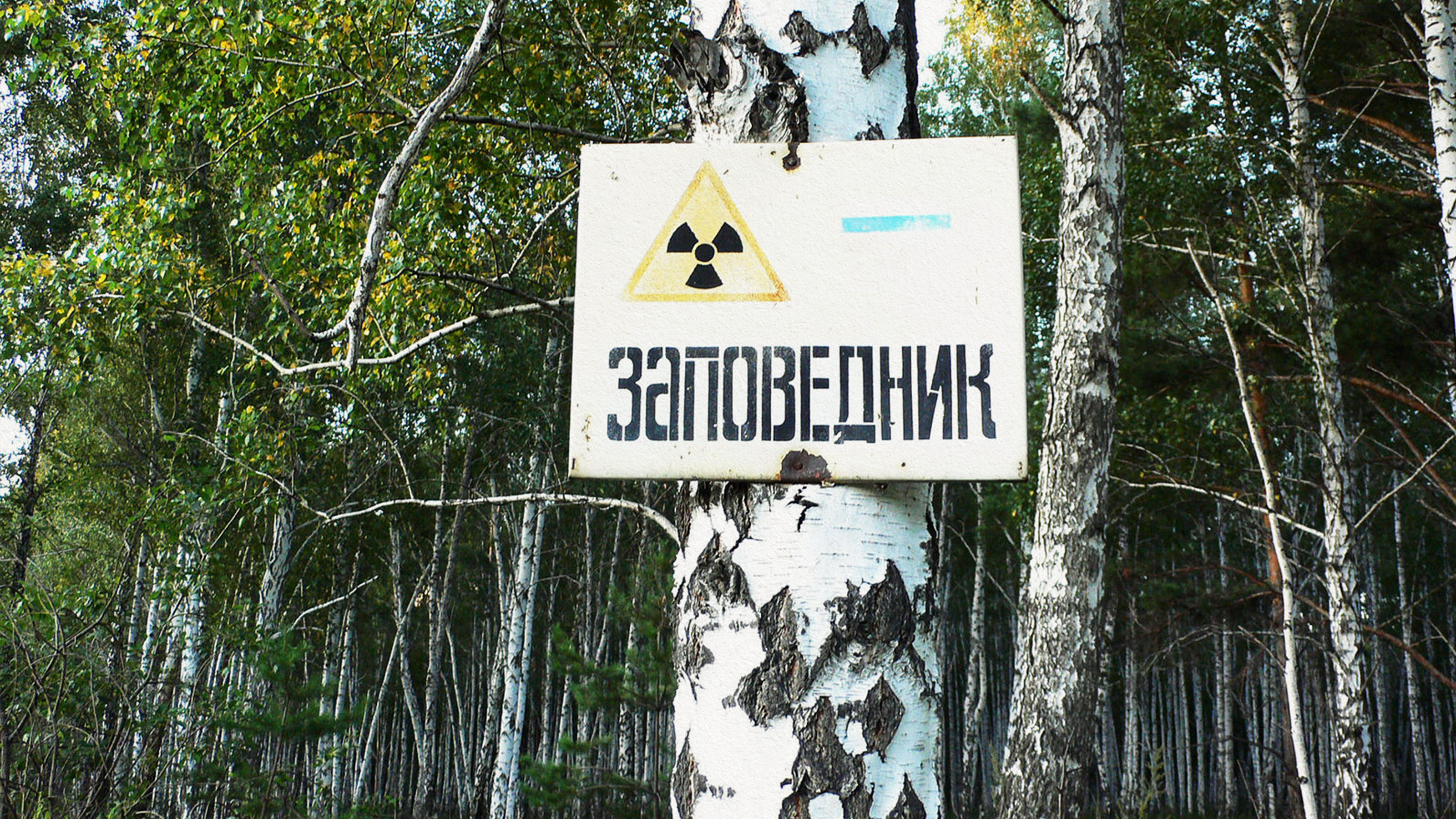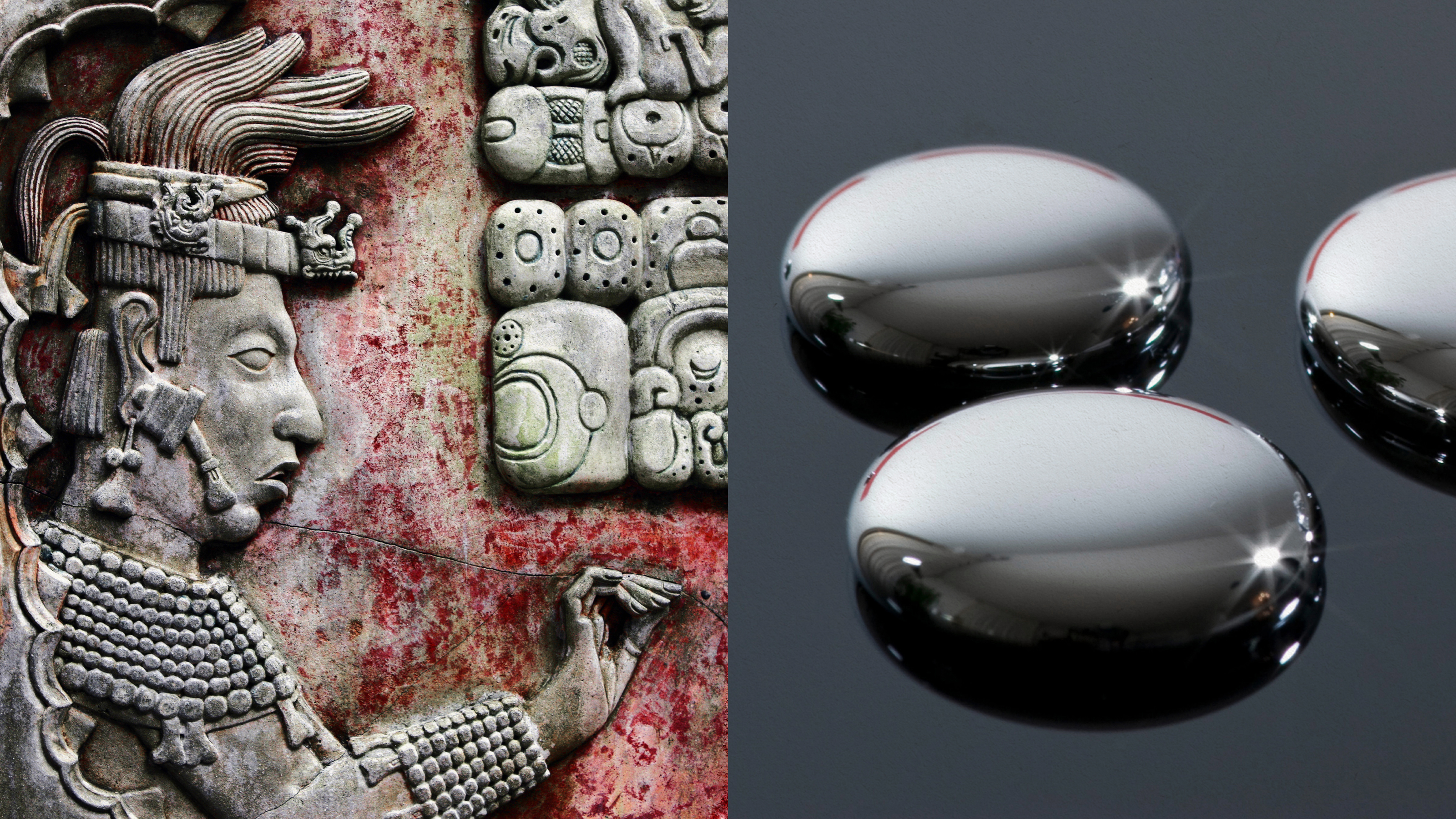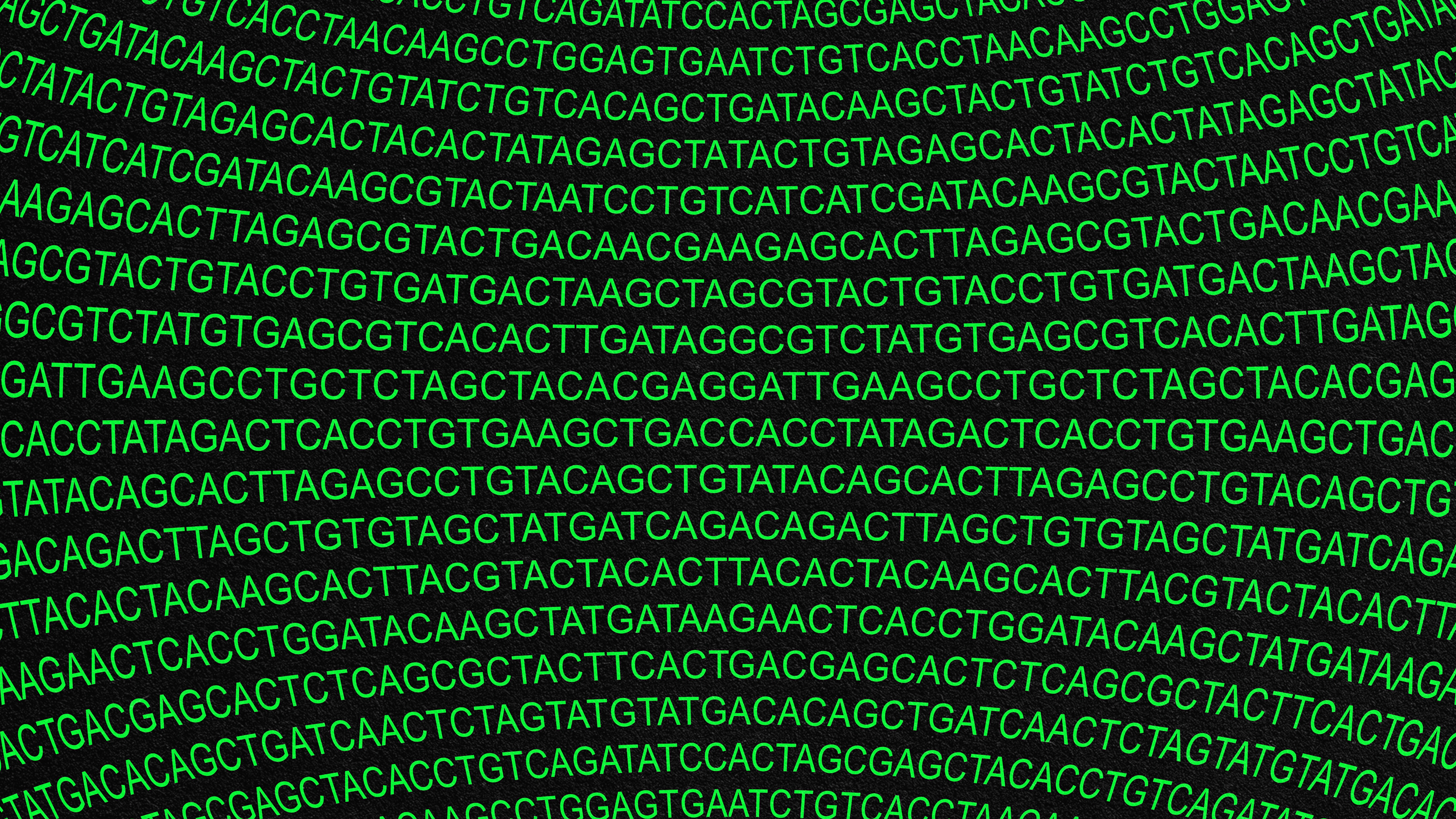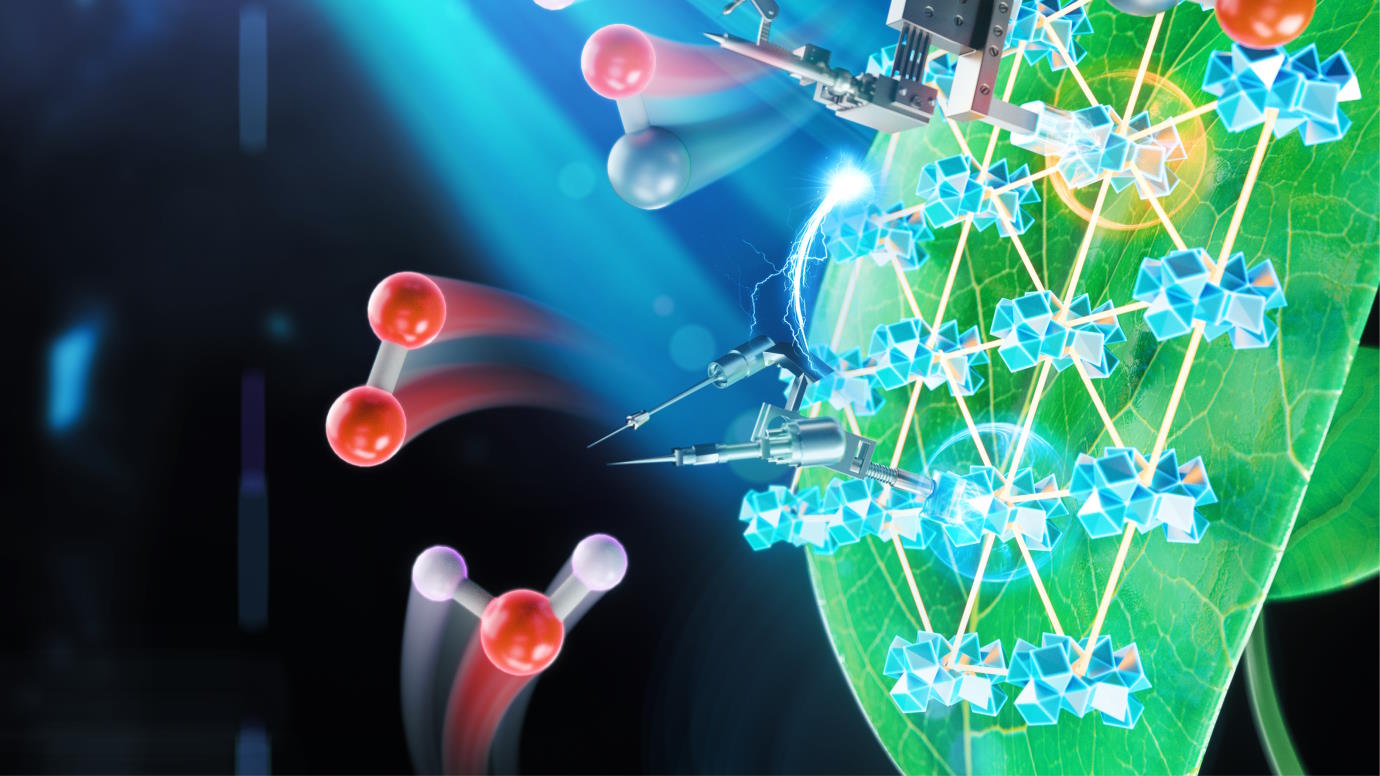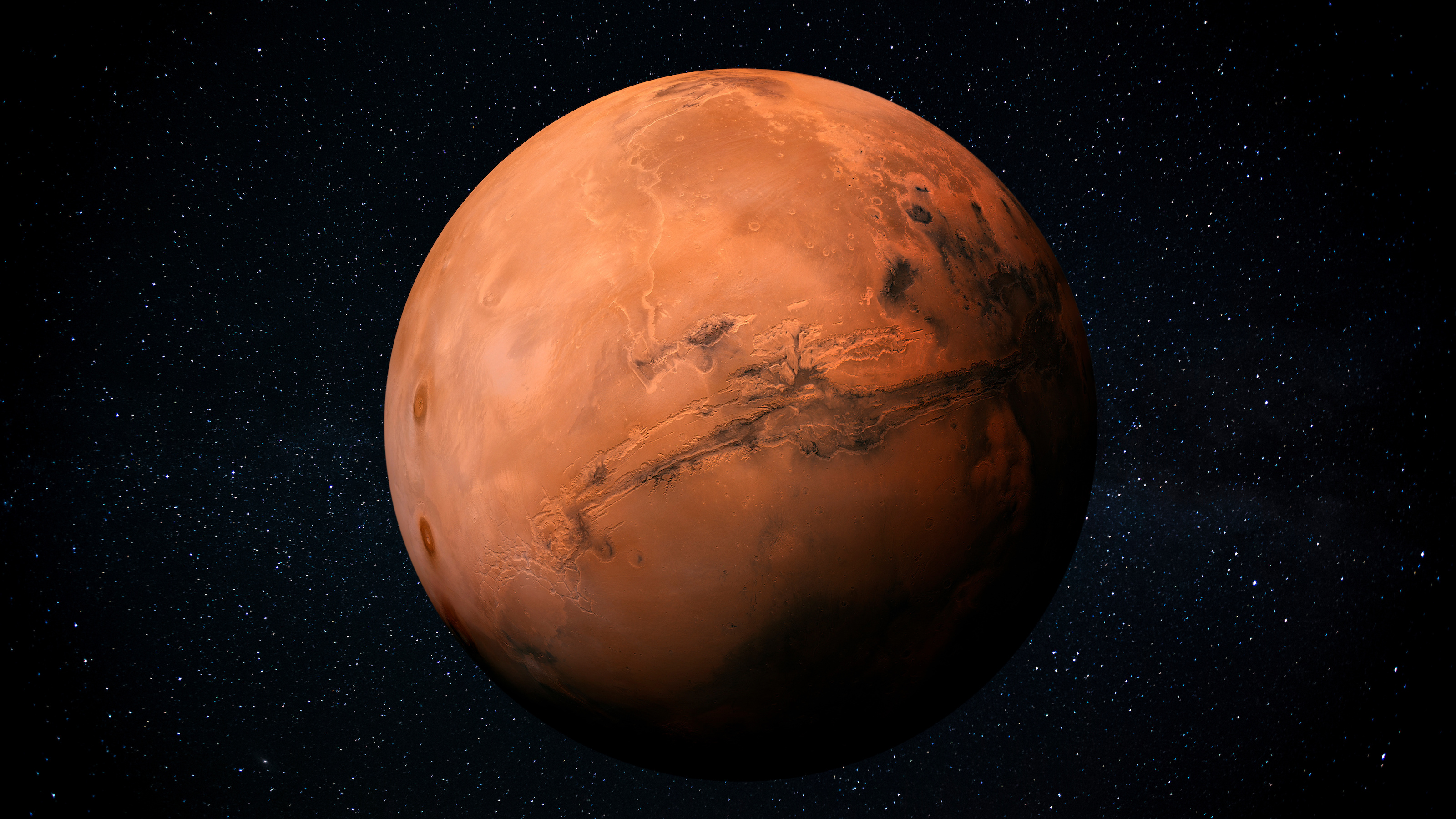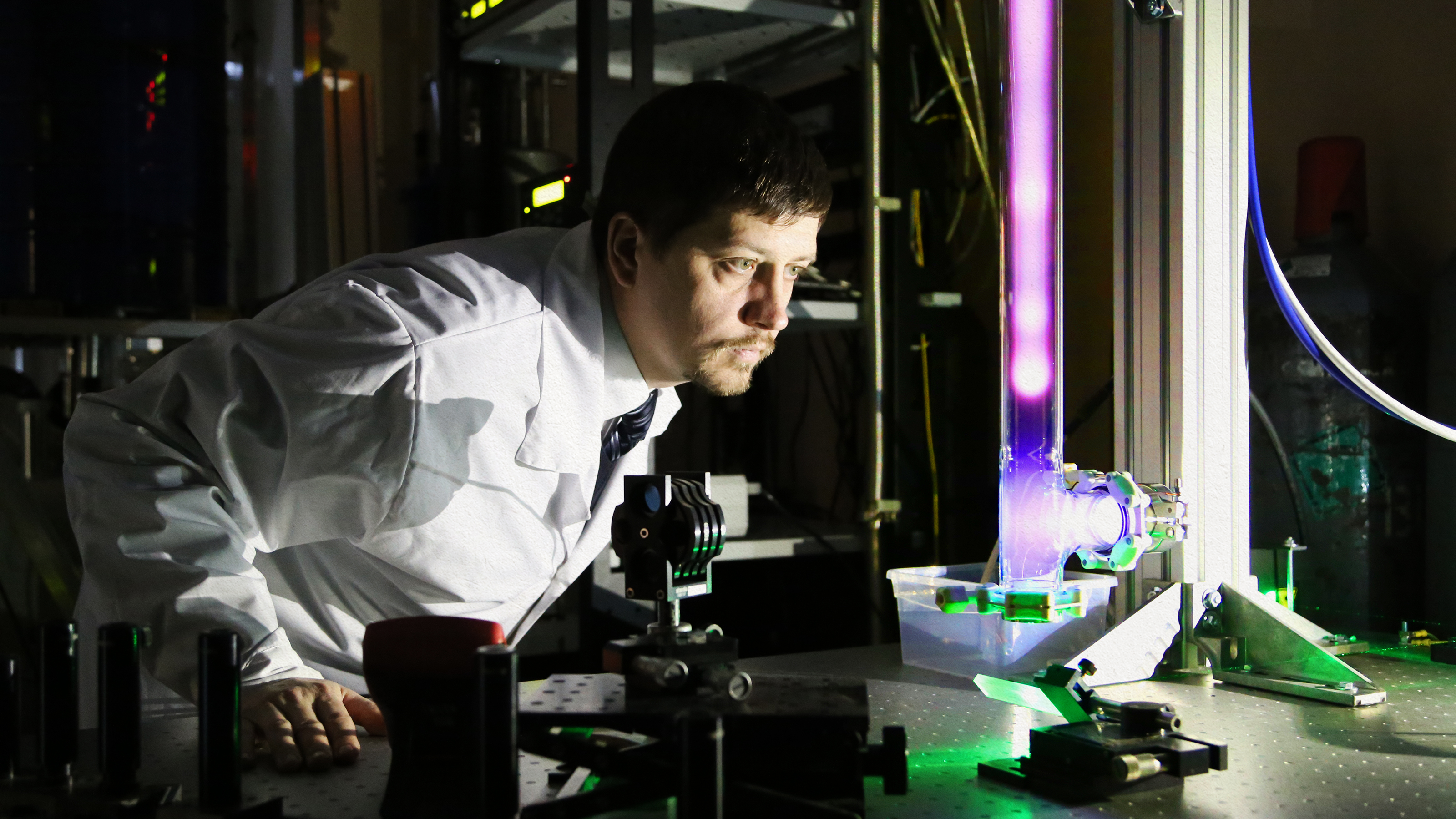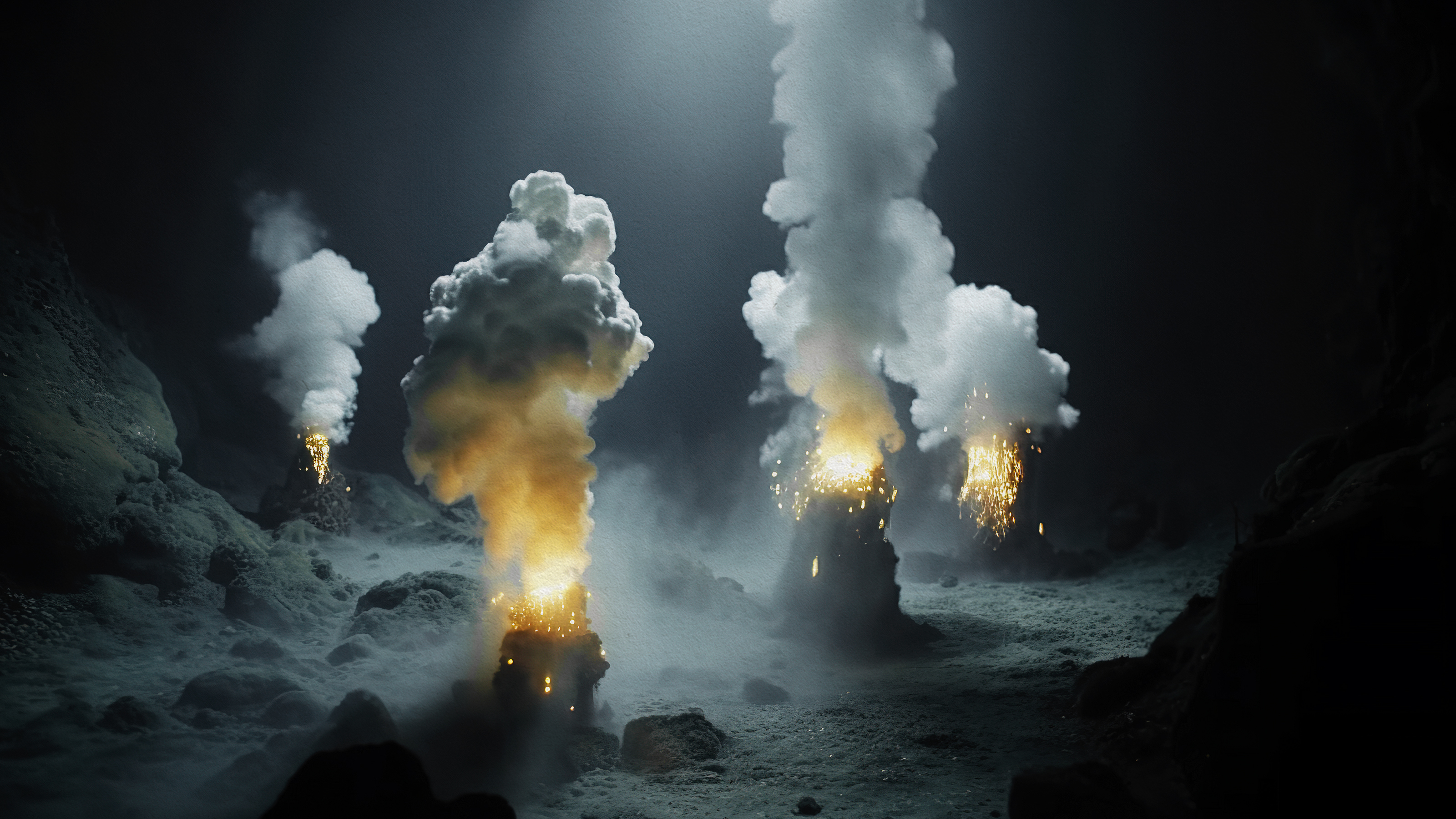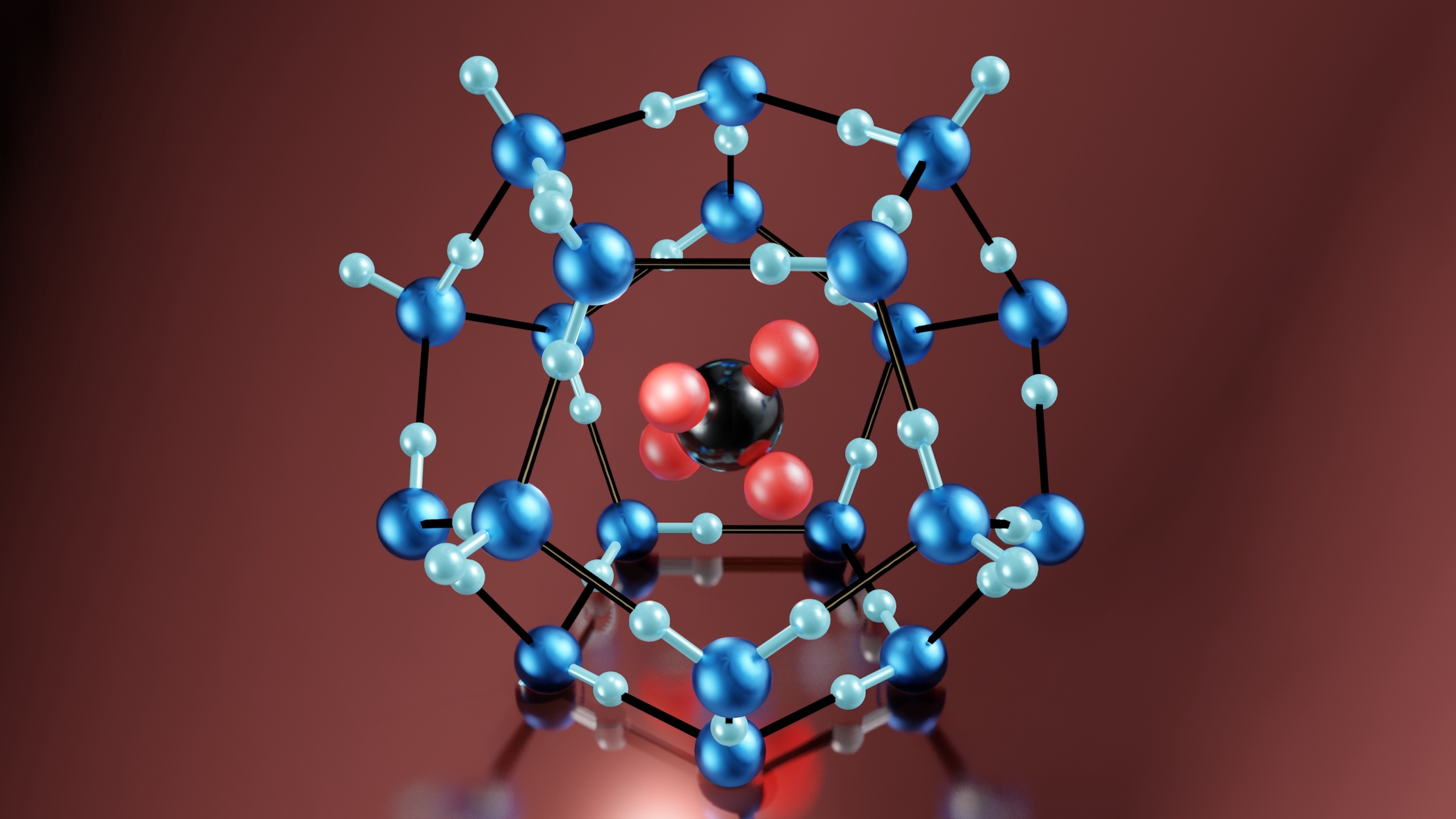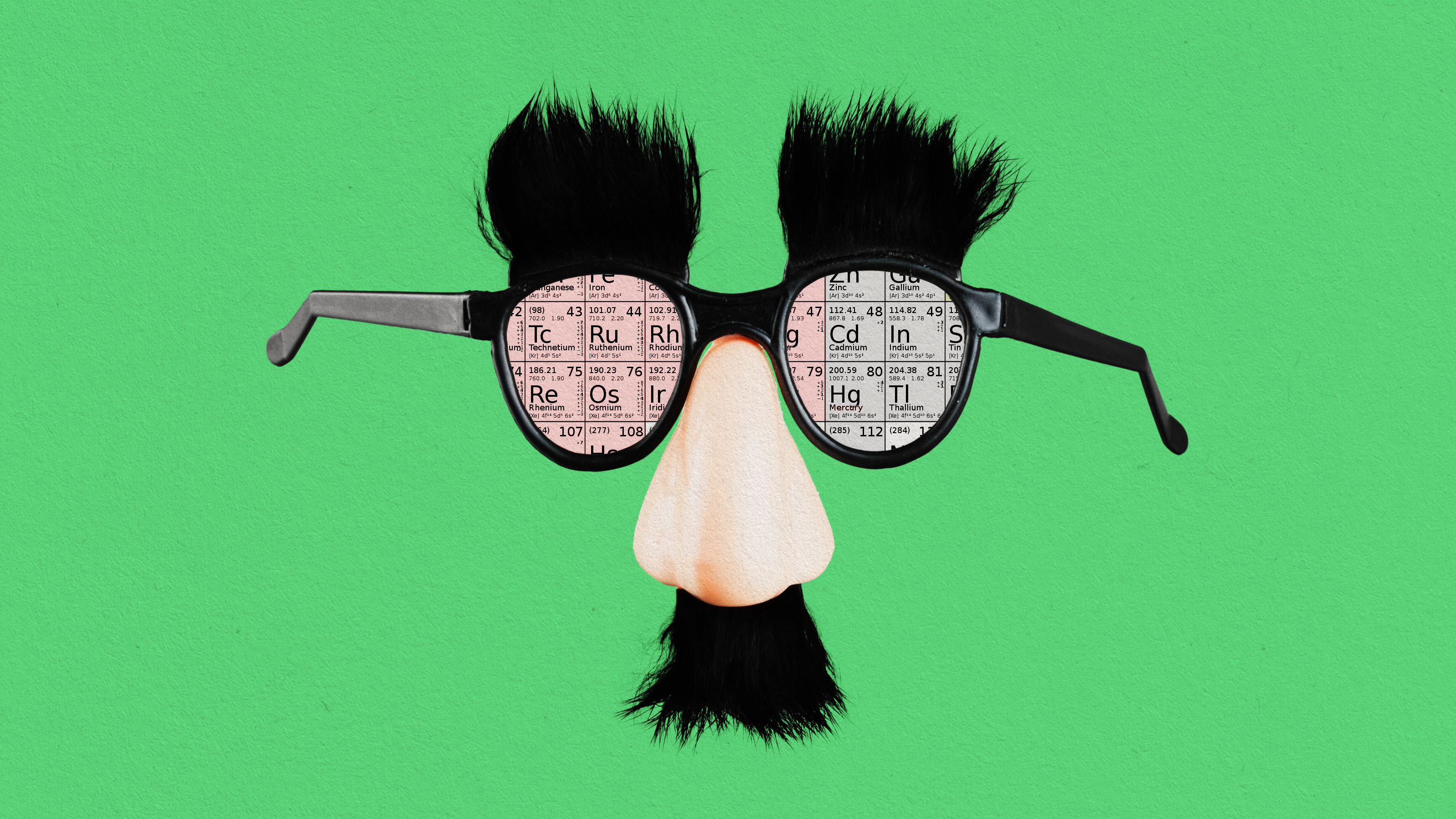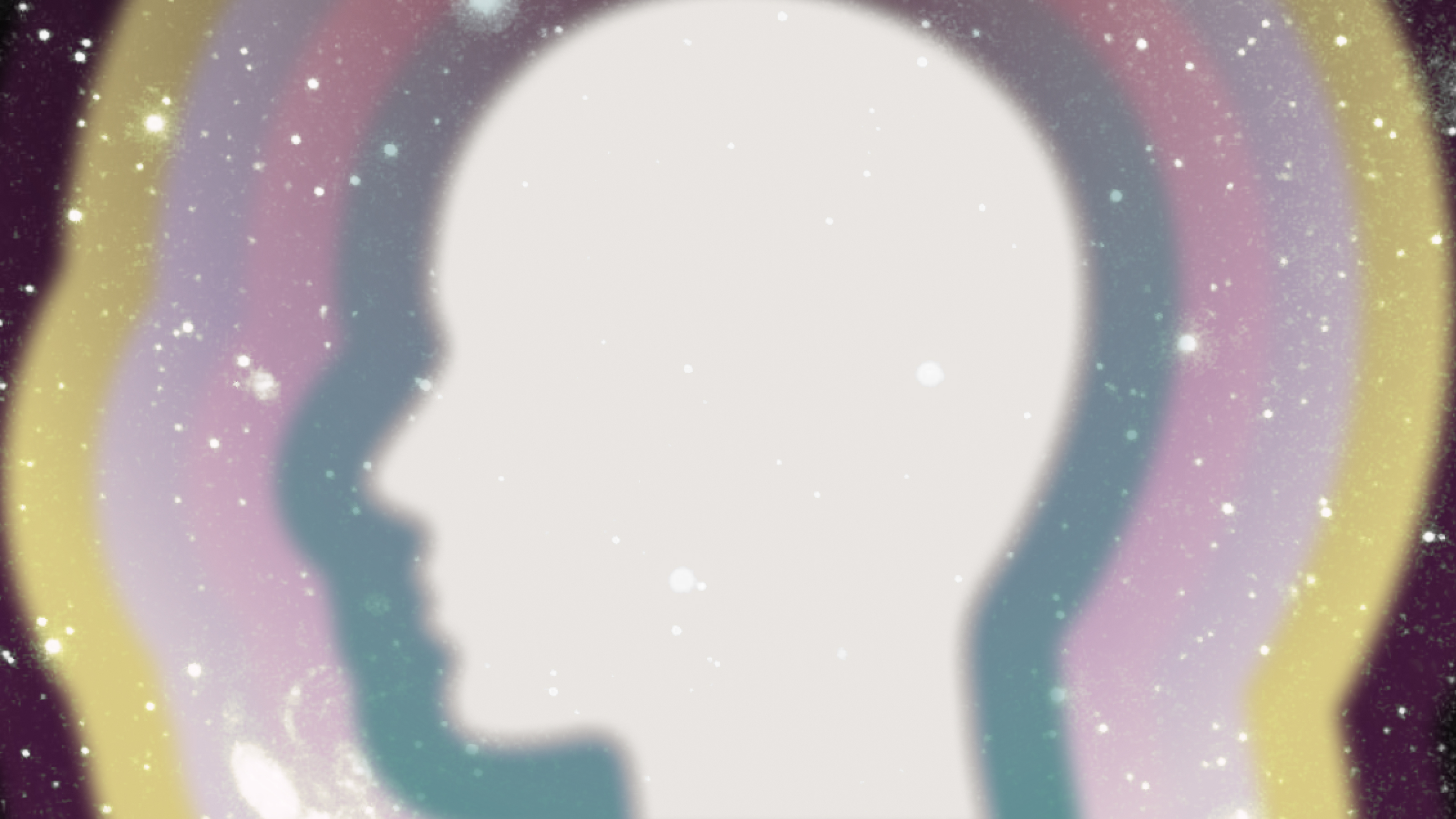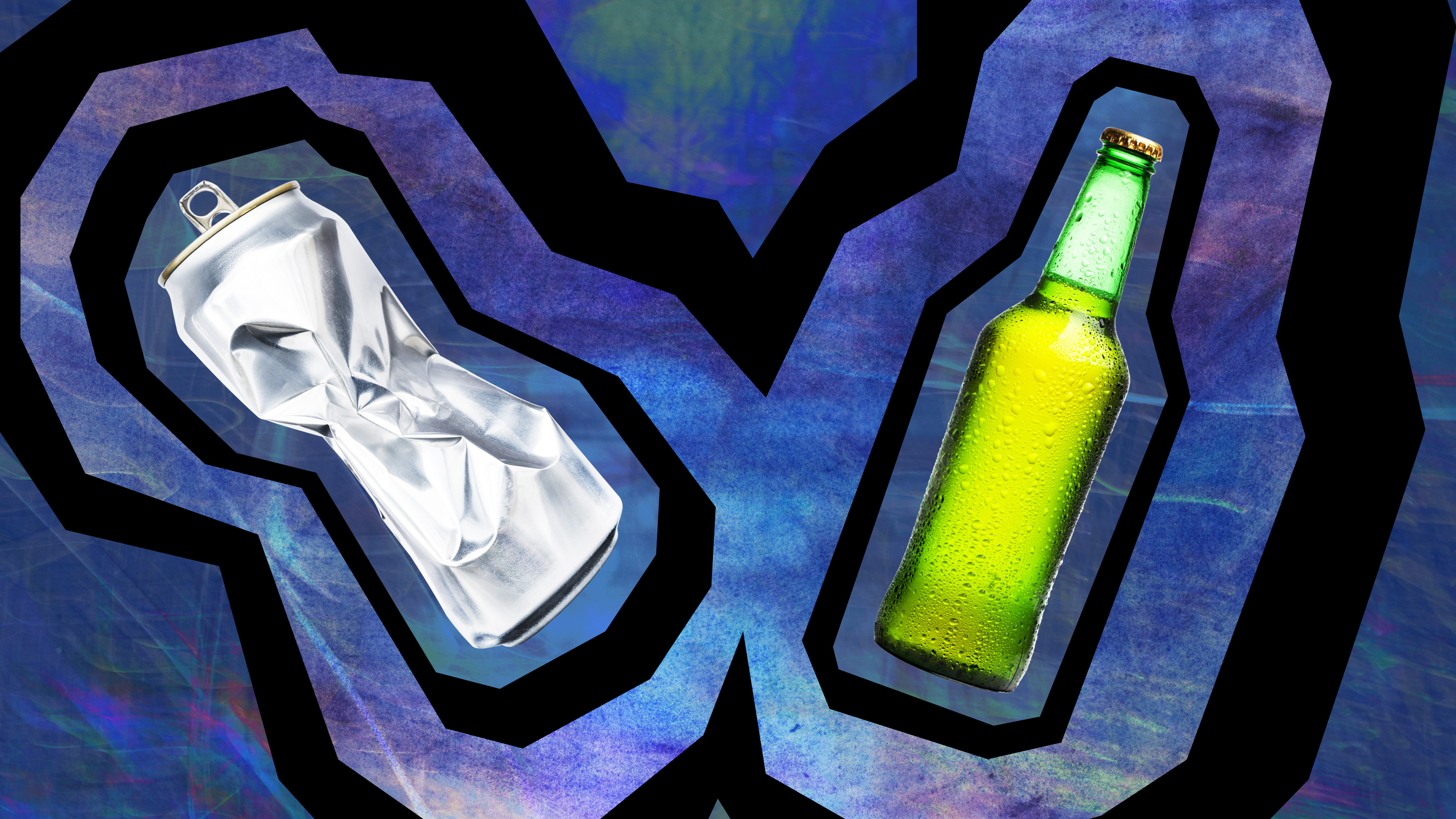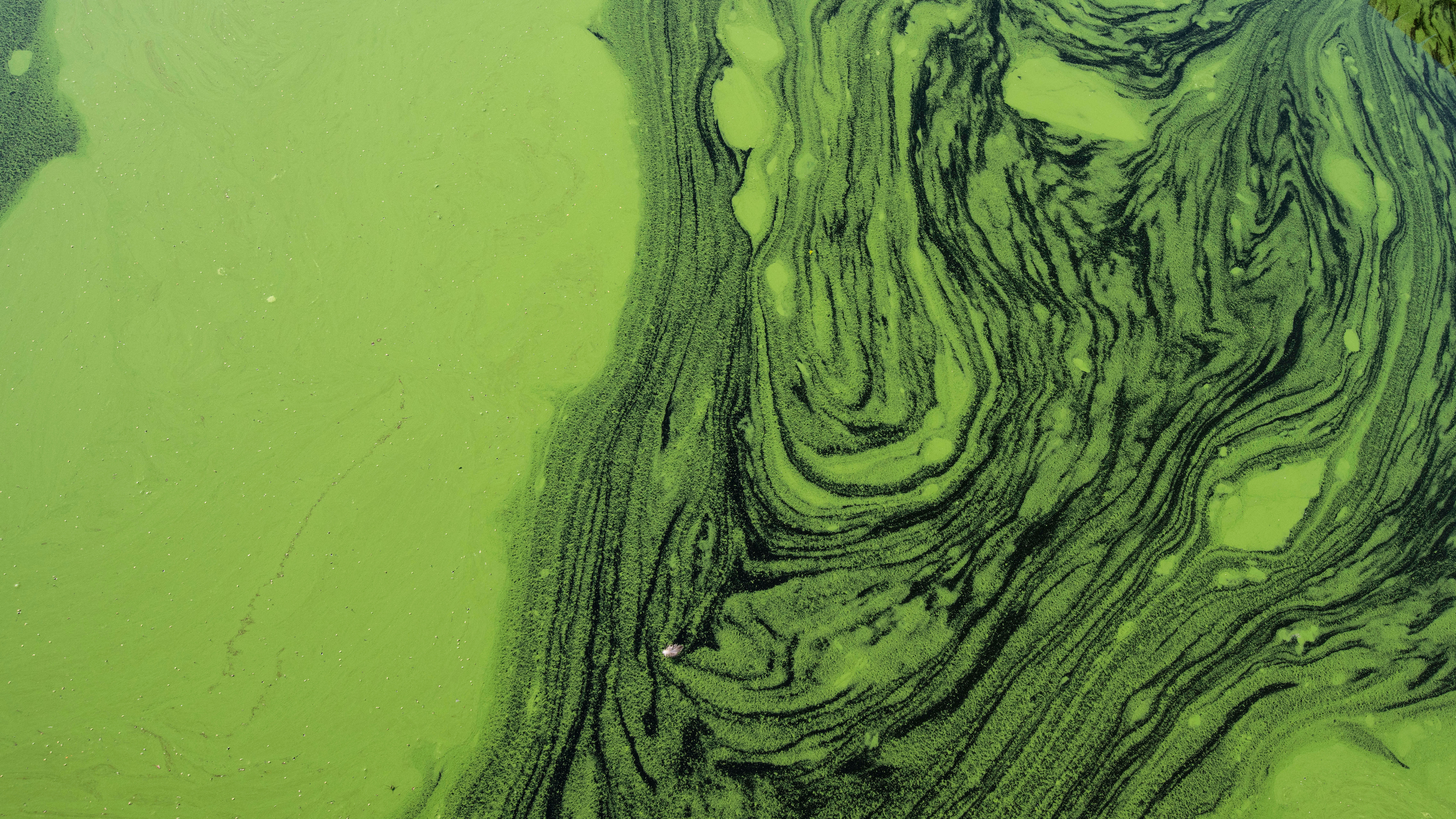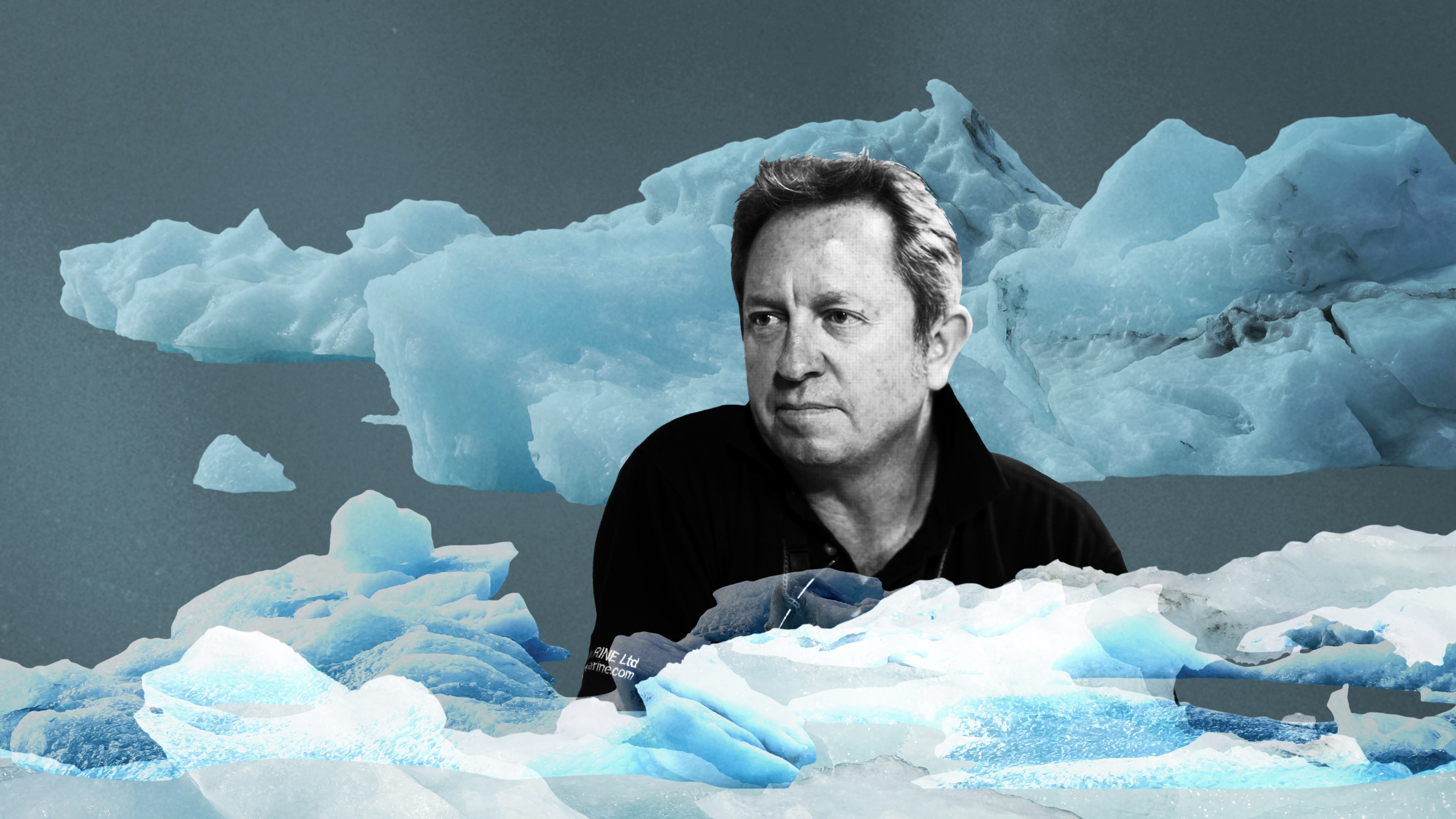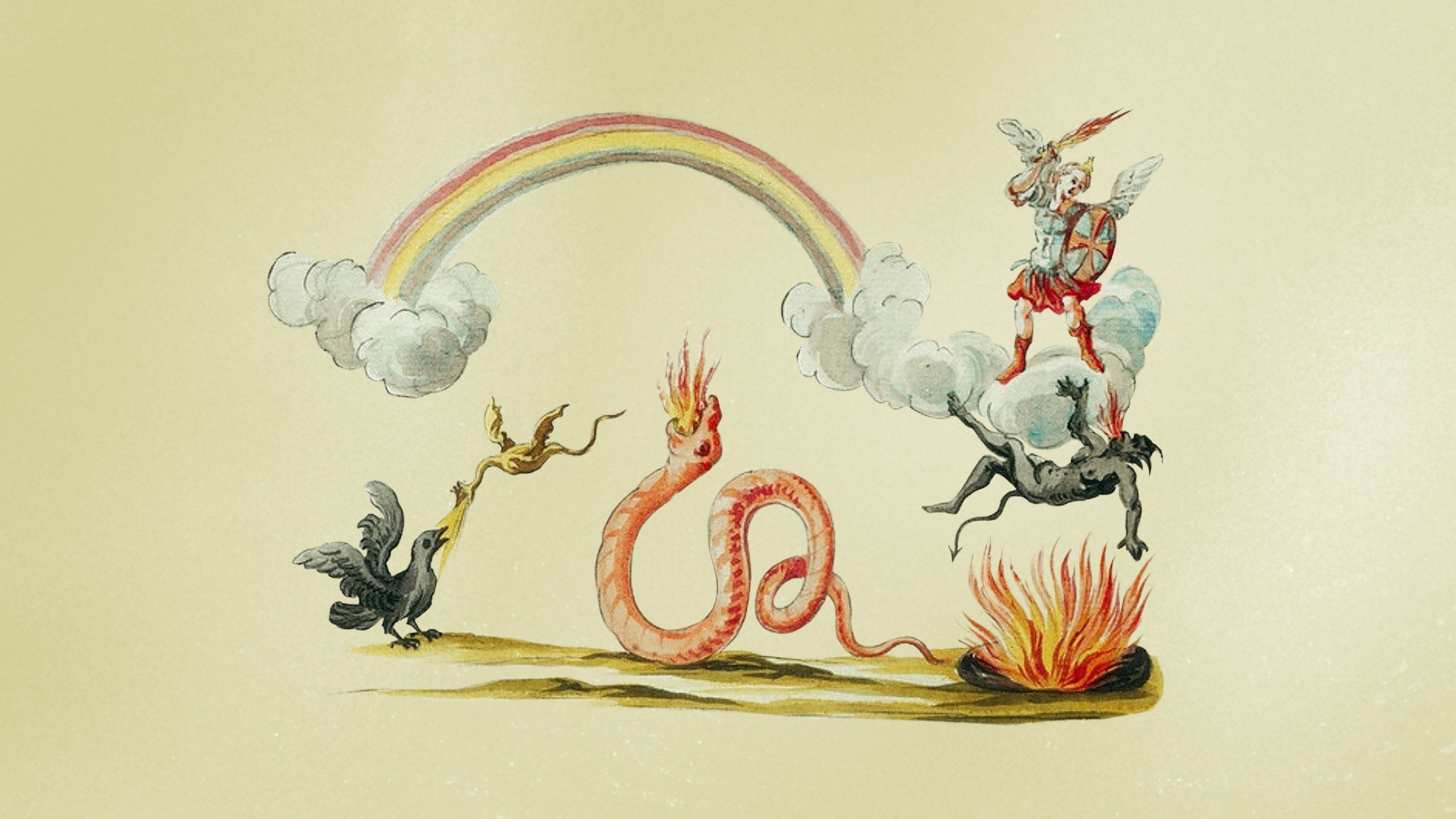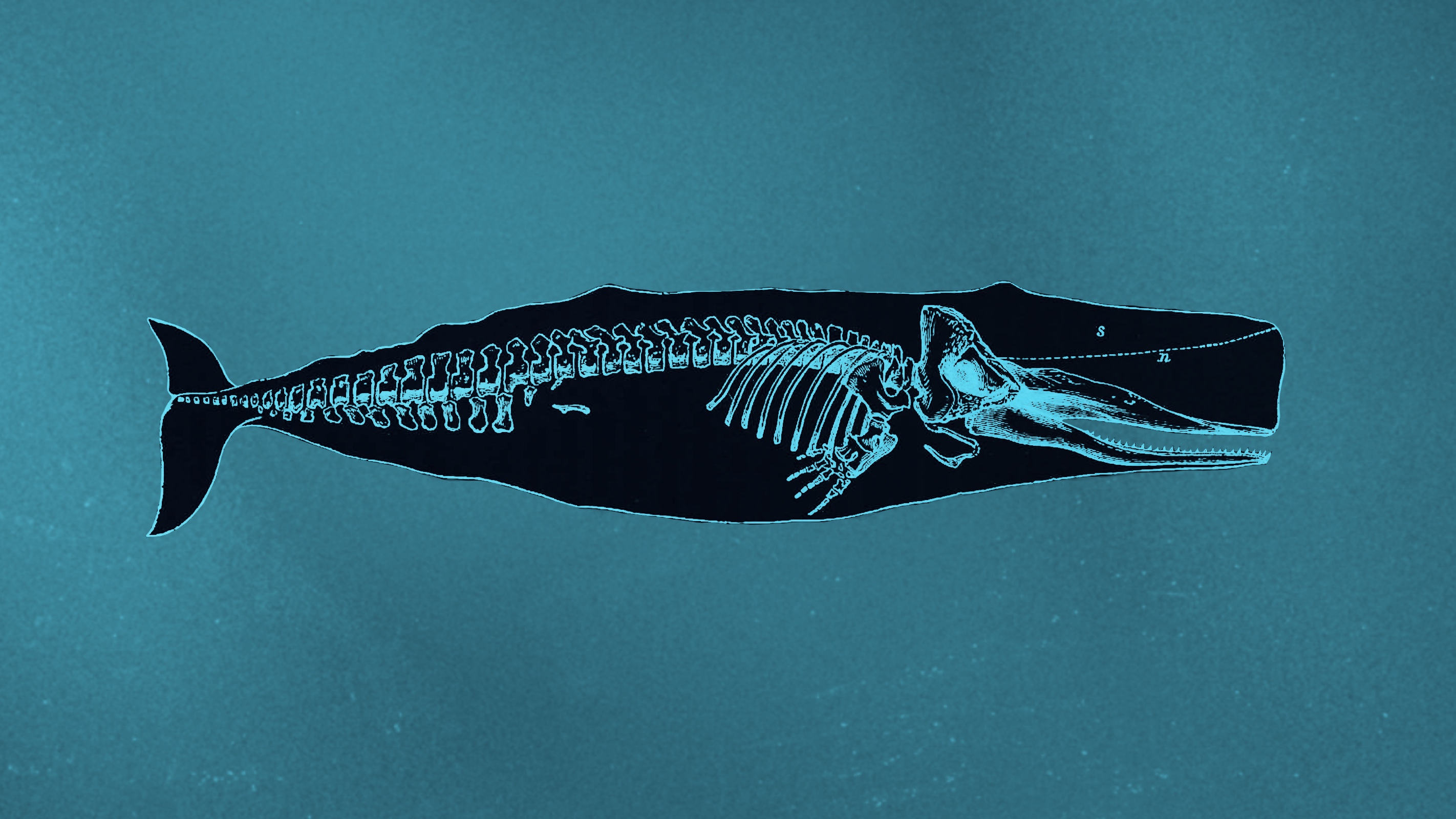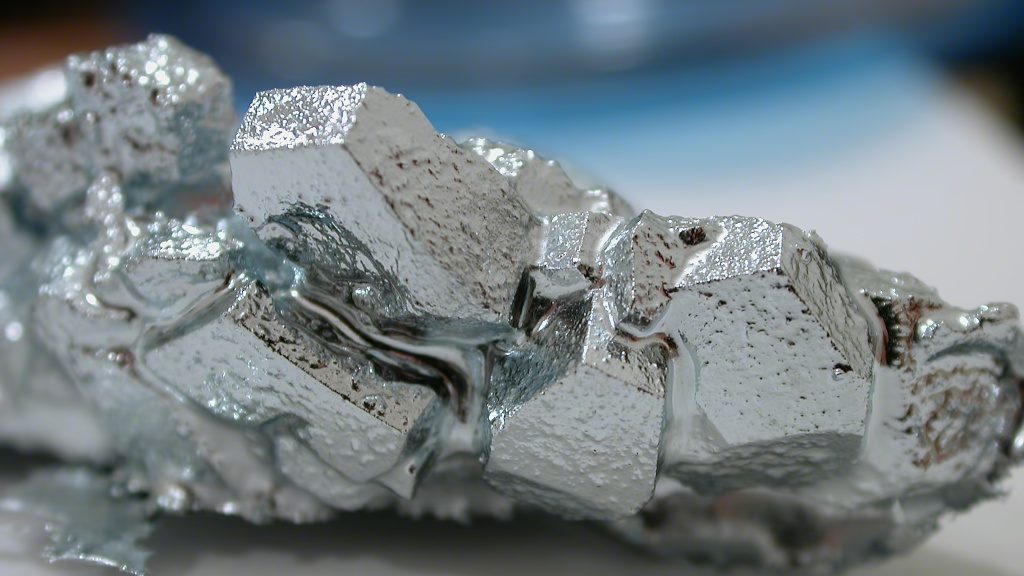chemistry
Chemical changes inside Mars’ core caused it to lose its magnetic field. This, in turn, caused it to lose its oceans. But how?
Scientists may have detected the somewhat smelly chemical dimethyl sulfide on a planet 120 light-years from Earth.
It’s early days, but if the efforts can be efficiently scaled-up, such biological recycling could put a dent in the plastic waste problem.
Sweet, bitter, salty, sour. These are the four basic tastes we were taught in grade school. But there is a fifth: umami. And it’s everywhere.
Experiments on suborbital rockets are revealing how to make a better iron furnace.
Positron emission tomography (PET) scans use positrons — the antimatter equivalent of an electron — to locate cancer in the body.
In many ways, it was worse than Chernobyl.
Today, many Maya sites are polluted with toxic levels of mercury. The contamination likely originated from cinnabar paints and art.
Pain relievers like acetaminophen and ibuprofen are made with chemicals derived from oil. Scientists have shown how to make them from trees.
Alchemy had its golden age in the 17th century, when it counted Isaac Newton and Robert Boyle among its adherents.
Rocks and minerals don’t simply reflect light. They play with it and interact with light as both a wave and a particle.
As cells divide, they must copy all of their chromosomes once and only once, or chaos would ensue. How do they do it? Key controls happen well before replication even starts.
All biological systems are wildly disordered. Yet somehow, that disorder enables plant photosynthesis to be nearly 100% efficient.
In one experiment, the Viking landers added water to Martian soil samples. That might have been a very bad idea.
The familiar terrain of solids, liquids, and gases gives way to the exotic realms of plasmas and degenerate matter.
More than a century ago, Halifax suffered an accidental blast one-fifth the size of the atomic bomb dropped on Hiroshima.
Origin of life studies have always focused on a set of strict environments that could give rise to life. Ante-life opens new possibilities.
There may be more energy in methane hydrates than in all the world’s oil, coal, and gas combined. It could be the perfect “bridge fuel” to a clean energy future.
At the turn of the millennium, a physicist fooled the global scientific community with the greatest discovery that never existed.
“Groupthink” gets a bad rap. In reality, we need groups to focus our thinking and to build on the ideas of others.
You are an energy field — but not the “chakras” or “auras” kind.
In the beginning, genes weren’t needed.
Beer’s flavor begins to change as soon as it is packaged. Are cans or bottles better at preserving flavor?
Civil engineer Martin Lebek has a brilliant plan to redress the world’s phosphorus imbalance.
Simple physics makes hauling vast ice chunks thousands of miles fiendishly difficult — but not impossible.
Far from practicing witchcraft, the experimentation of medieval alchemists helped bring about the Scientific Revolution.
These were the stories you clicked on the most.
Dead whales inspire a way to find extraterrestrial life on Mars.
Bend it. Stretch it. Use it to conduct electricity.
